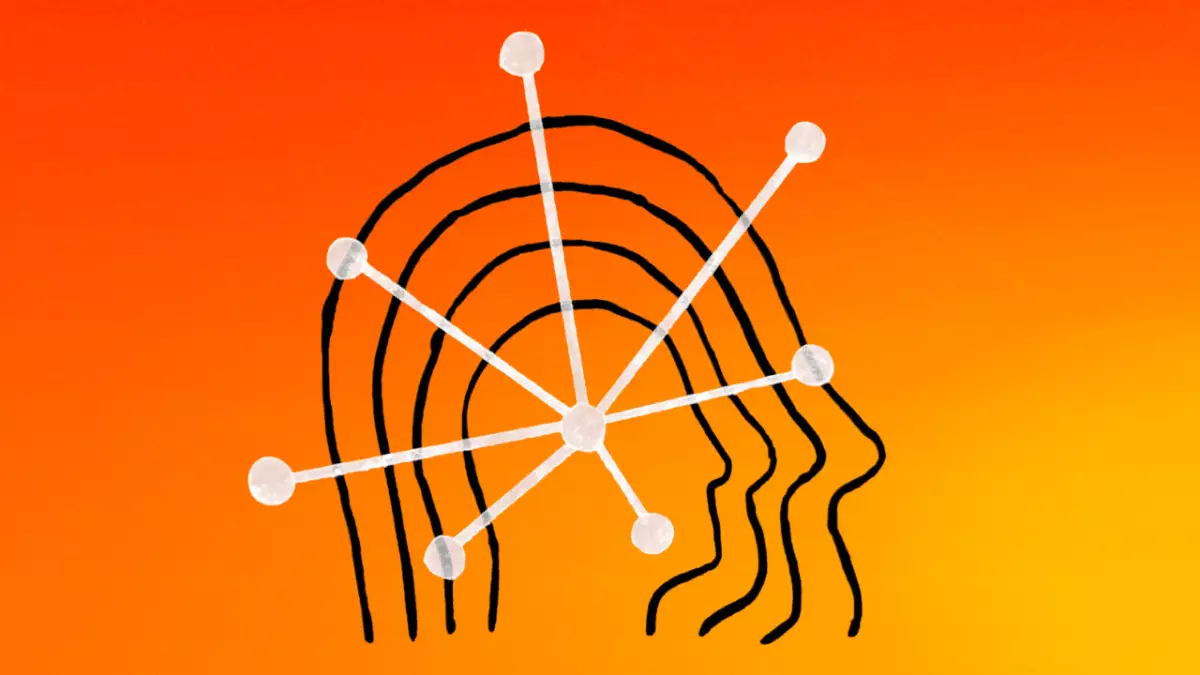In today’s rapidly evolving landscape of artificial intelligence, few names stand out as prominently as Anthropic. As the second-largest player in the generative AI space, trailing only OpenAI, Anthropic has developed a robust suite of models collectively known as Claude. These models are designed to assist users in various tasks—ranging from generating written content and solving mathematical problems to image analysis and programming assistance. Understanding the capabilities and limitations of Claude’s different versions is essential for businesses and individuals looking to leverage AI effectively.
The Claude family is distinguished not only by its functionality but also by its naming conventions, which draw inspiration from literary forms: Haiku, Sonnet, and Opus. Each model has been crafted to cater to diverse needs in the AI ecosystem. The latest iterations—Claude 3.5 Haiku, Claude 3.5 Sonnet, and Claude 3 Opus—display varying degrees of complexity and usability.
Most notably, despite being categorized as a “midrange” model, Claude 3.5 Sonnet currently outshines its counterparts by demonstrating superior performance in tasks requiring intricate comprehension and nuanced guidance. Meanwhile, Claude 3.5 Haiku is recognized for its speed, although it tends to lack depth in understanding complex prompts. As Anthropic continues to refine its offerings, the arrival of Claude 3.5 Opus is anticipated to shift the status quo, potentially establishing it as the leading model in capabilities.
Central to the effectiveness of Claude models is the concept of the context window, which defines the amount of data—up to 200,000 tokens or roughly 150,000 words—that the model can process in a single task. This feature allows Claude to handle extensive inputs, making it capable of analyzing rich documents that contain text, graphs, and other complex forms of data. Unlike many generative models, Claude does not pull real-time information from the internet, resulting in limitations when updating users on current events or producing sophisticated visual content.
However, users can still leverage tools such as stock tickers, and the model supports structured outputs in formats like JSON, which is beneficial for application integration. This versatility showcases the model’s potential as a business tool, especially for organizations seeking to analyze and generate structured data efficiently.
The accessibility of Claude models is facilitated through Anthropic’s API and major cloud platforms like Amazon Bedrock and Google Cloud’s Vertex AI. The pricing for these models varies significantly, with Claude 3.5 Haiku being the most economical at $0.25 per million input tokens, while Claude 3. Opus commands a premium rate of $15 per million input tokens. This tiered pricing structure allows users to select a model that fits their budget and requirements—whether they are a casual developer or a large corporation.
Additionally, Anthropic offers cost-saving features such as prompt caching and batching, which can optimize the performance for routine calls to the API. While there are free-tier options for individual users, the subscription plans provide significant benefits like enhanced access to features and higher rate limits—benefits especially useful for intensive business applications.
For organizations with specific data-driven needs, Anthropic has introduced Claude Enterprise. This enterprise-level solution enables companies to upload proprietary datasets, facilitating a deeper interaction with the models. This version also boasts a larger context window of 500,000 tokens, which enhances the model’s ability to process extensive data.
Moreover, features like GitHub integration for engineering teams signify Anthropic’s commitment to providing tools that streamline workflows for advanced users. Projects and Artifacts functionalities further enrich these offerings by allowing collaborative environment management for generating and refining AI outputs.
Ethical Considerations and Challenges
Despite the technical advancements and compelling uses of the Claude models, important ethical considerations linger in the background. There are concerns surrounding the models’ inaccuracies—commonly referred to as hallucinations—in producing outputs, especially when generating summaries or answering intricate questions. Furthermore, the models’ training on publicly available data raises copyright issues, as some users may unknowingly utilize material that is beyond the bounds of fair use. While Anthropic asserts that it provides legal protection against such concerns, the existential debate surrounding ethical AI use remains unresolved.
Anthropic’s Claude models display a remarkable range of capabilities that can significantly enhance productivity across various sectors. As businesses and individuals alike contemplate integrating generative AI into their operations, understanding the unique attributes of each model becomes crucial. While the power of AI presents exciting opportunities, it also necessitates a thoughtful approach to ensure responsible and respectful application in our digital landscape.

